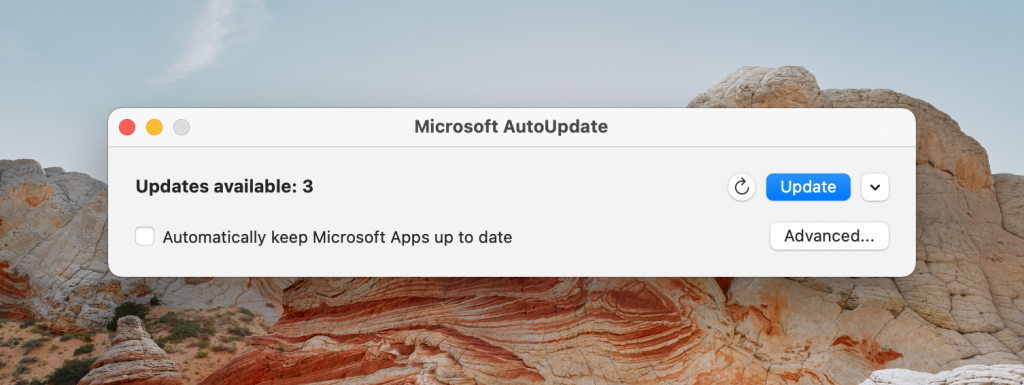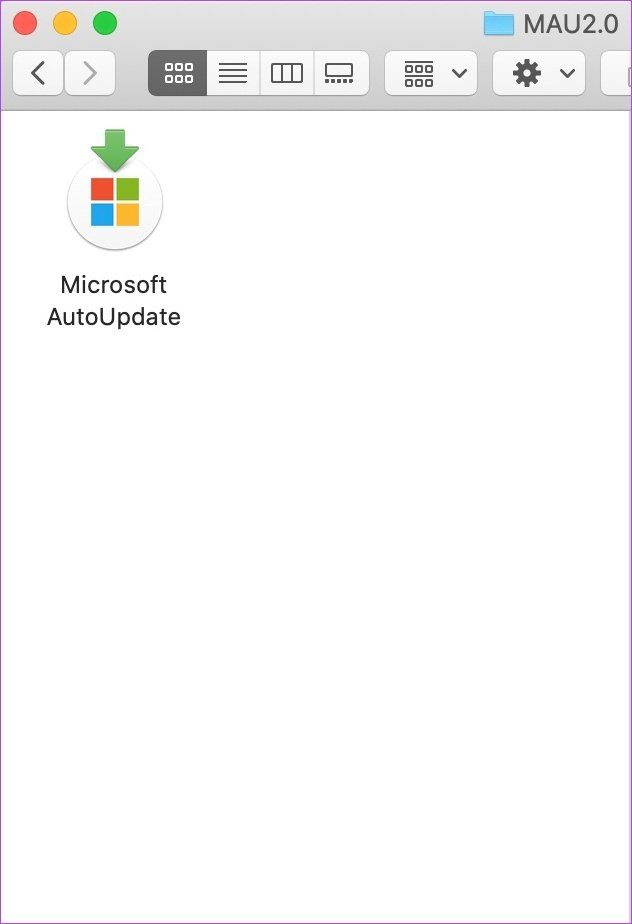

- #HOW TO OPEN MICROSOFT AUTOUPDATE ON MAC HOW TO#
- #HOW TO OPEN MICROSOFT AUTOUPDATE ON MAC MAC OS#
- #HOW TO OPEN MICROSOFT AUTOUPDATE ON MAC INSTALL#
- #HOW TO OPEN MICROSOFT AUTOUPDATE ON MAC UPDATE#
- #HOW TO OPEN MICROSOFT AUTOUPDATE ON MAC SOFTWARE#
Most 3rd party apps can be smoothly uninstalled in that way, but you cannot delete built-in apps by doing this.
#HOW TO OPEN MICROSOFT AUTOUPDATE ON MAC MAC OS#
This drag-to-delete method works in all versions of Mac OS X.
#HOW TO OPEN MICROSOFT AUTOUPDATE ON MAC HOW TO#
In this post we will discuss the following questions: (1) What is the correct way to uninstall Microsoft AutoUpdate? (2) How to ensure all its accompanying components are removed safely? And (3) is there a shortcut for both Mac novices and experts to take to accomplish Microsoft AutoUpdate removal effortlessly? Conventional Steps to Uninstall Microsoft AutoUpdate for Mac Even for the experienced users, they may also get lost when trying to uninstall a problematic, stubborn or even malicious application. In the latter case it is quite necessary to clean out those junk files from your Mac for complete removal.įor some novice users, they may have no idea how to remove Microsoft AutoUpdate in a proper way. These vestiges can be very small in size, thus leaving them alone may not affect your Mac performance, yet they can also be a large chunks of useless files that occupy a large portion of your hard drive space.
#HOW TO OPEN MICROSOFT AUTOUPDATE ON MAC SOFTWARE#
However, a fact is often neglected that, even the stand-alone software may might still leave its configuration and preferences files on multiple system directories after you carry out a basic uninstall. Generally speaking, most Mac applications are separate bundles that contain the executable and any associated resources for the app, and therefore users can easily remove any unwanted software (if they are installed properly) from their Macs. In normal cases Mac users just need to simply drag and drop the target app to the Trash and then empty the Trash to perform the standard uninstallation. Uninstalling applications in macOS/Mac OS X is quite different from that in Windows operating system. Things you should know about Mac app removal: How to uninstall Microsoft AutoUpdate on Mac computer? If you encounter problem when trying to delete Microsoft AutoUpdate as well as its associated components, read through this removal tutorial and learn about how to perfectly remove any unwanted applications on your Mac.
#HOW TO OPEN MICROSOFT AUTOUPDATE ON MAC UPDATE#
To manually update Microsoft Office for Windows, open Word, and select the “File” tab.Ĭlick “Account”at the bottom of the left-hand pane.How Can I Uninstall Microsoft AutoUpdate from My Mac
#HOW TO OPEN MICROSOFT AUTOUPDATE ON MAC INSTALL#
If you want to keep Automatic Updates disabled, you’ll need to manually check for and install any updates Office brings. Microsoft Office will now automatically update with each release. Select “Automatically Download And Install.” If “Manually Check” is selected, automatic updates aren’t enabled. The “Microsoft AutoUpdate” window will appear. In the drop-down menu that appears, select “Check For Updates.” To turn on automatic updates for Microsoft Office on Mac, open Word, and select the “Help” tab in the system menu bar (not the Word menu bar).


In the drop-down menu that appears, select “Enable Updates.” If automatic updates are turned off, you’ll see a message stating “This product will not be updated” under “Office Updates.” Select the “Update Options” button.


 0 kommentar(er)
0 kommentar(er)
